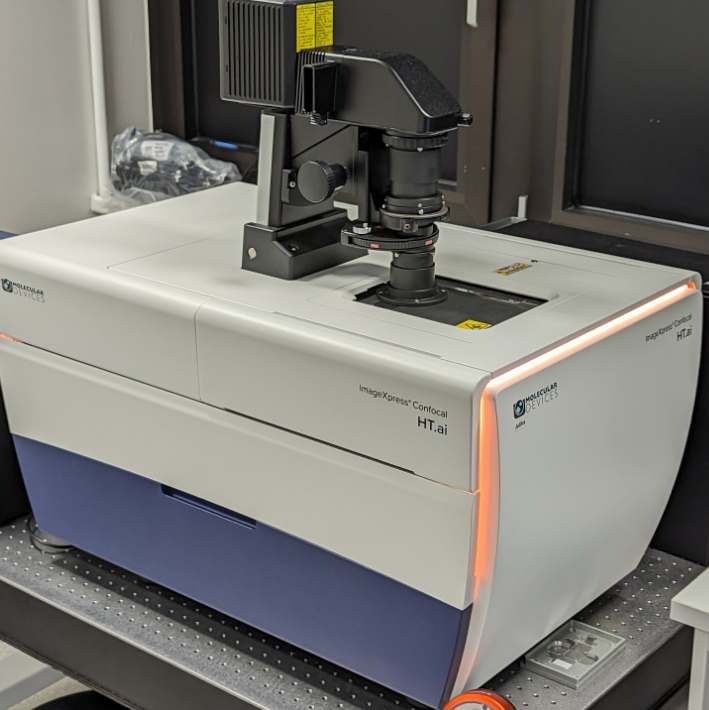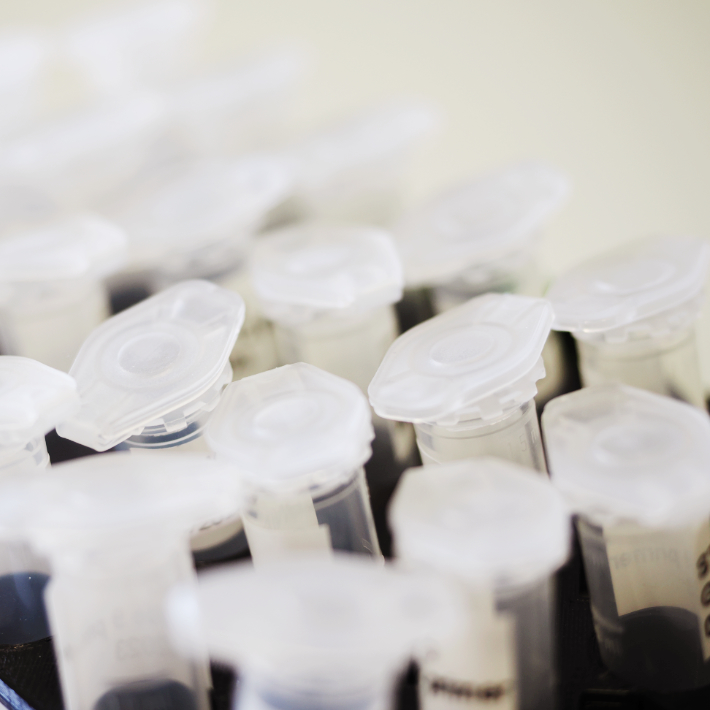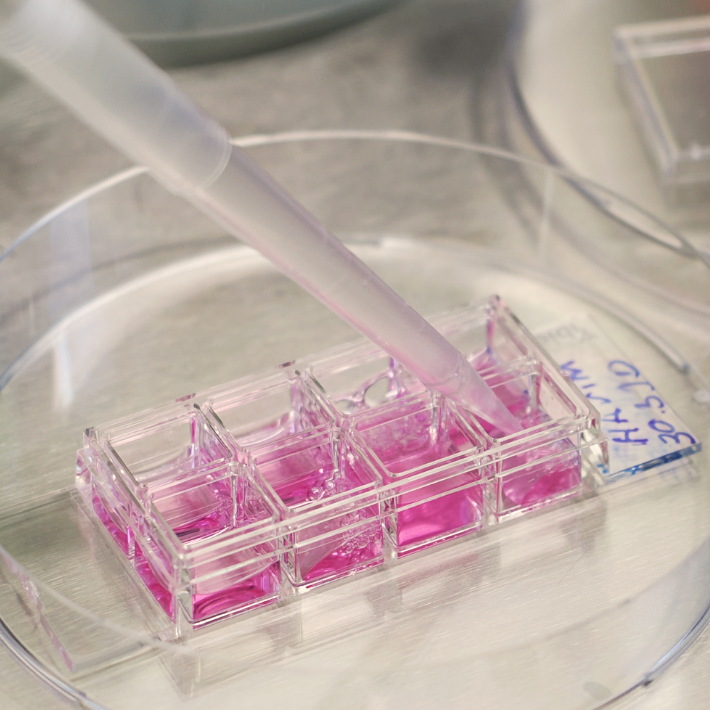Super-resolution Microscopy

The invention of super-resolution microscopy has revolutionized the study of cell biological processes. It enables the investigation of the localization and distribution of proteins at the sub-cellular level. In particular, the group uses STED microscopy to quantify physiological and pathological processes in cells and tissues. The visualization of fundamental biological relationships on the nanoscale allows the characterization of new pharmacological agents and their testing in new therapeutic procedures in unprecedented detail.
We offer:
- Planning, sample preparation, data acquisition and evaluation for ultrahigh-resolution microscopy
 Fraunhofer Institute for Translational Medicine and Pharmacology ITMP
Fraunhofer Institute for Translational Medicine and Pharmacology ITMP 


